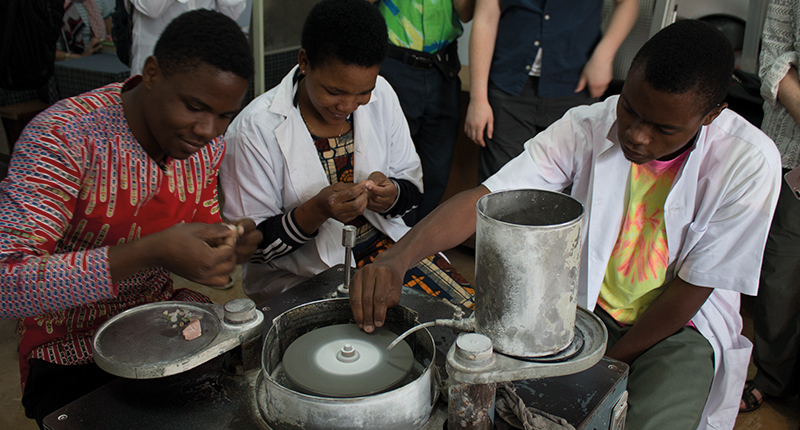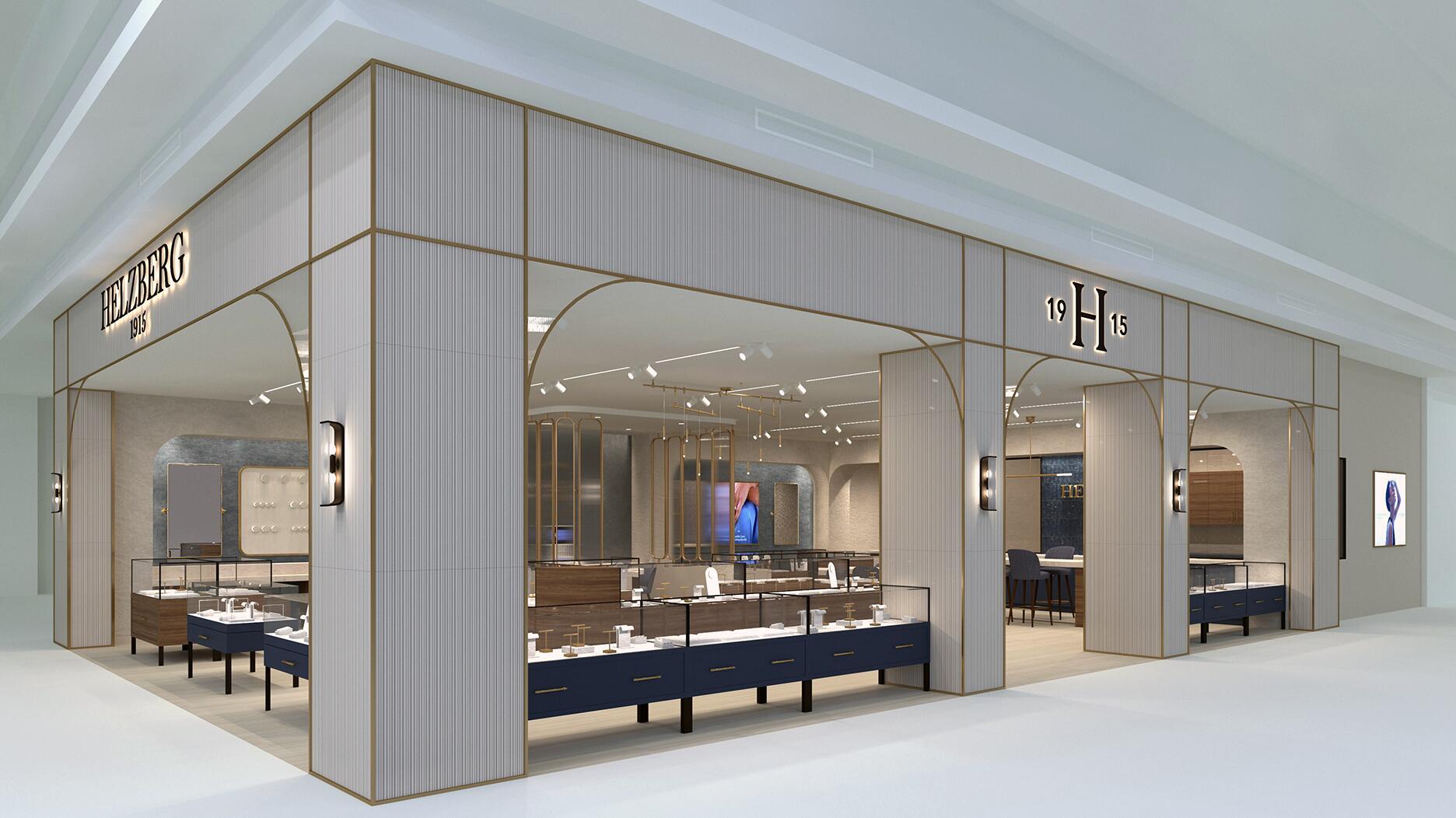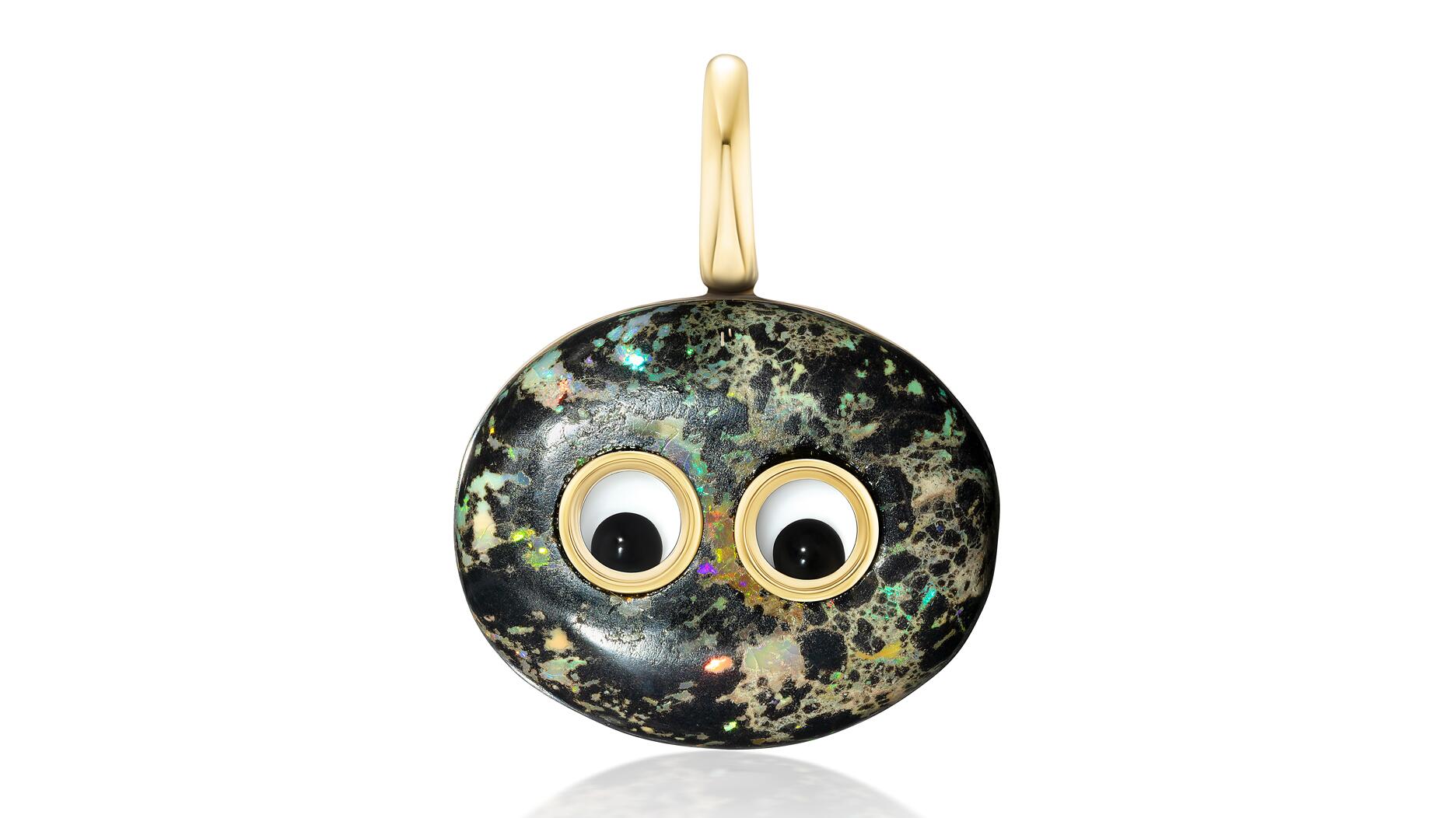The couple pleaded guilty to concealing at least $127 million in cash transactions at its precious metals businesses.
Leaving a (Gem) Legacy in East Africa
Gemstone faceter Roger Dery and his family have launched a nonprofit to support the communities where gems are mined.

Traveling to the sources of colored stones is an unmatched experience, not only for its ability to help understand the supply side, but also for the opportunity to meet and interact with the people who live in the gemstone mining communities and help to drive the business.
They perform such integral work—mining and selling the gems that end up in the finished pieces we see at jewelry trade shows and in display cases at stores—yet, most often, they are among those who have so little.
Many people and organizations in the jewelry industry work to give back to the communities so influenced by the gem trade.
Gemstone faceter Roger Dery has long been one of those, and now he wants to make his contribution even bigger.
On Tuesday, Dery, along with wife Ginger and daughter Rachel—all of whom are part of Roger Dery Gem Design—launched Gem Legacy, a nonprofit organization dedicated to supporting education, vocational training and the local economies of East Africa.
The introduction of the official 501(c)(3) is really just an extension of the work the Derys already had been doing in their many years of travel to the area, including supporting a cutting school in Arusha, Tanzania, and a Maasai school in Longido, Tanzania.
But the idea for formalizing their aid actually came from industry members who traveled with them to East Africa last summer—including Chris Clover-Field of Field’s Jewelers in California, Meredith Schlessinger of Byard F. Brogan and Katie Bisceglia from Stauer Jewelers, to name a few from the 21-person group—banding together with the intent of launching the Dery Trust.
“They wanted there to be a 501c3 that would … enable each of them to contribute to something that they had become passionate about after meeting the people and the good that can be done with so very little to people who need so very much,” Ginger Dery said.
They also wanted to create a fund that would allow the Derys to have money with them when it was needed for their various initiatives.
Eventually, the Derys took over the process of formalizing their aid in the form of a nonprofit and gave it a name that reflects the impact gems can create and the good they can do. 
Gem Legacy funds projects and initiatives that are connected to the East African gem trade in one way or another.
“The heart behind it is that we believe that if more people get on board and more people are investing and giving, then we’re doing more good,” Rachel Dery said. “We believe that when we make a purchase of a gem, it has allowed somebody to have a job, it’s creating more industry for faceting and more mining in Africa. It’s a domino effect. If we believe that, then we believe that every time we purchase a gem or invest in gemstones, we’re personally leaving a legacy of change in East Africa.”
One hundred percent of every donation goes directly to the communities where gems are mined, with the Derys handling the distribution of the funds when they’re on the ground in East Africa.
Supporters can choose for themselves the initiative, or initiatives, to which their money will go—including things like gem faceting training, the Kitarini Primary School or gemological training—or they can simply ask that their money go to the area of greatest need.
The Derys also noted that they aren’t limiting donations to the projects currently listed on the Gem Legacy website; instead, they want to use the nonprofit as an umbrella, allowing others the opportunity to come forward with new ideas or opportunities of need.
Byard F. Brogan’s Schlessinger, who was on the trip last summer that sparked the launch of Gem Legacy, said: “When the Dery Trust was first talked about it gave me chills, knowing all the positive change they have brought to many communities and families throughout Eastern Africa. I’m filled with joy with the launch of Gem Legacy; this is a reflection of what passion, love and dedication is. This will continue to help so many people learn, live and grow.”
I had the privilege of traveling with Roger, Ginger and a few others to Tanzania and Kenya in early 2016, where I got to see firsthand how gemstone mining and brokering played such a big part in those communities. I also got to see some of these projects and the difference they are making.
There’s so much we, as an industry, can do to give back.
If you’re interested in learning more about the Derys’ nonprofit or would like to donate, visit GemLegacy.com.
The Latest

Consumers shared concerns about prices, inflation, tariffs, trade, and politics in the survey’s write-in response section.

In February 2026, the auction house will move its headquarters to the former Steinway Hall, a neoclassical landmark on Billionaires’ Row.

How Jewelers of America’s 20 Under 40 are leading to ensure a brighter future for the jewelry industry.

The new show will take place Jan. 23-25, 2026.


The former BHP Billiton leader and Gemfields chairman is remembered for his influential leadership throughout his 50-year mining career.

The LVMH-owned brand has partnered with the costume design union to revamp its award for 2026.

Roseco’s 704-page catalog showcases new lab-grown diamonds, findings, tools & more—available in print or interactive digital editions.

The luxury titan inked a deal to acquire an initial minority stake in the jewelry manufacturer with a pathway to full ownership by 2032.

The company’s curation of unsigned vintage and estate jewelry debuted at the Bloomingdale’s in Costa Mesa, California.

In the recent multi-shipment seizure, CBP also found counterfeit Audemars Piguet, Moncler, and Chrome Hearts items.

Jewelers of America execs and National Jeweler editors discuss tariffs, the sky-high gold price, and the engagement that broke the internet.

The luxury goods company said founder Ippolita Rostagno will remain at the brand’s helm.

Laura Burdese, who joined the Italian luxury brand in 2022, will take on the role in July.

Need a gift for the cat lover who has everything? Look no further than our latest Piece of the Week.

It purchased the “Grosse Pièce,” an ultra-complicated Audemars Piguet pocket watch from the ‘20s, for a record-breaking price at Sotheby’s.

The lab-grown diamond grower now offers custom engagement and fashion jewelry through its Kira Custom Lab Jewelry service.

Chandler got his start at Michelson Jewelers and has served as DCA president and CEO since 2001. He will retire at the end of the month.

The boutique is slated to open this week inside Terminal 8, offering pre-owned Rolex watches and more to international travelers.

Sponsored by Digital Monitoring Products

The special-edition egg pendant ingested in a New Zealand jewelry store was recovered after a six-day wait.

Associate Editor Natalie Francisco plays favorites with Piece of the Week, selecting a standout piece of jewelry from each month of 2025.

The “Love and Desire” campaign is inspired by the magic that follows when one’s heart leads the way, said the brand.

Two awardees will receive free tuition for an educational course at the Swiss lab, with flights and lodging included.

Berta de Pablos-Barbier will replace Alexander Lacik at the start of January, two months earlier than expected.

Sotheby’s held its first two jewelry sales at the Breuer building last week, and they totaled nearly $44 million.

Winners will receive free registration and lodging for its fourth annual event in Detroit.



























